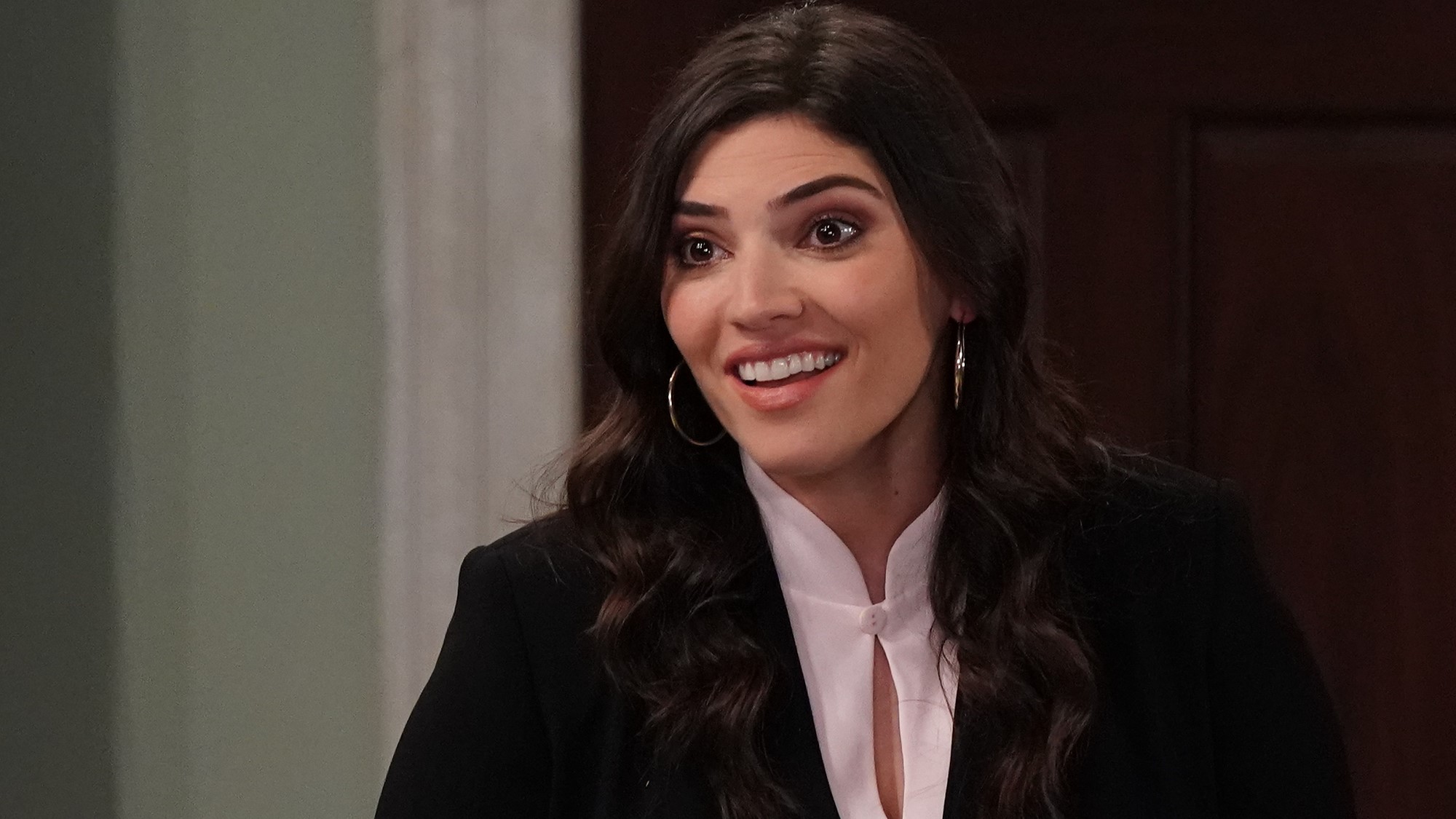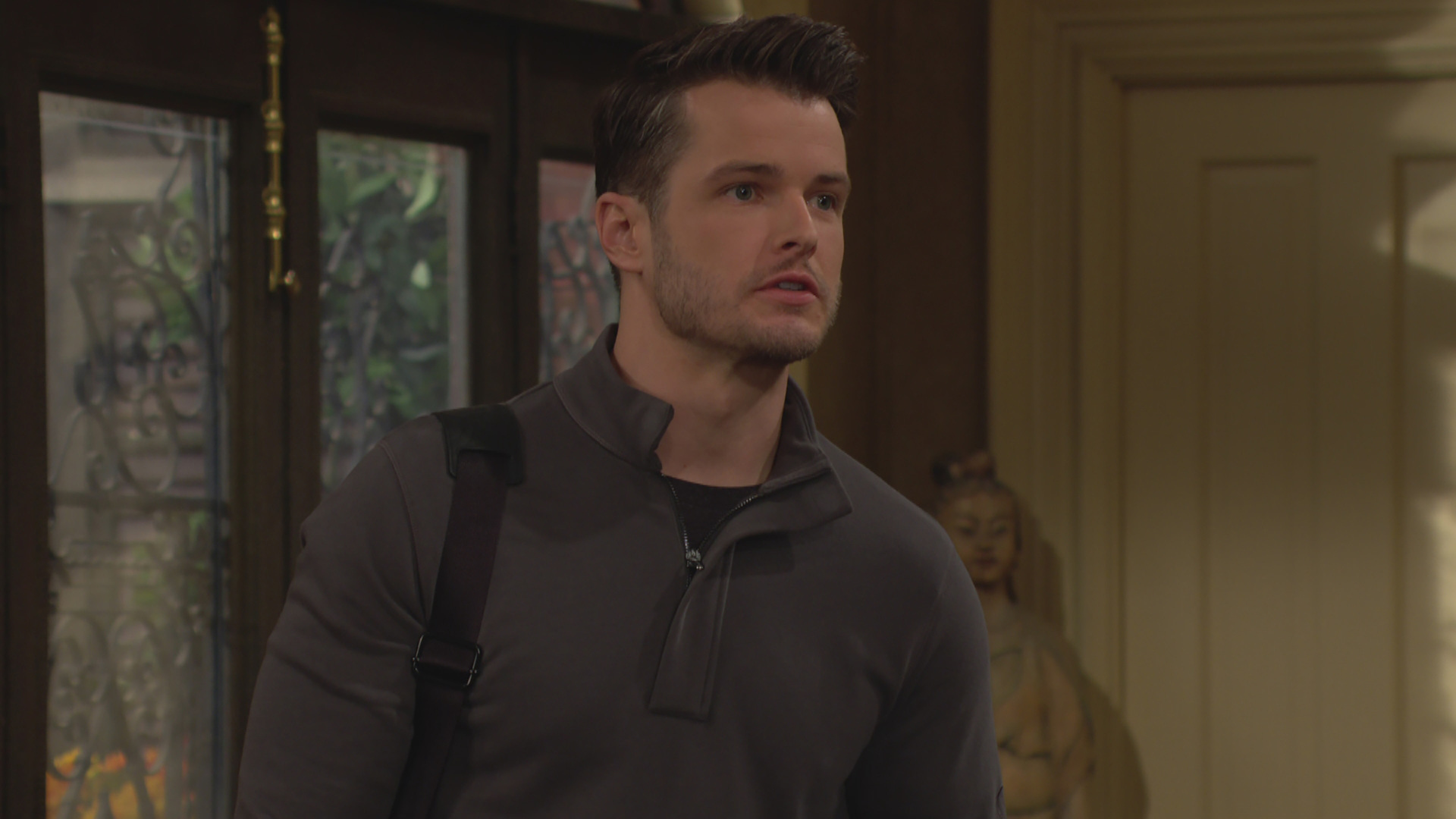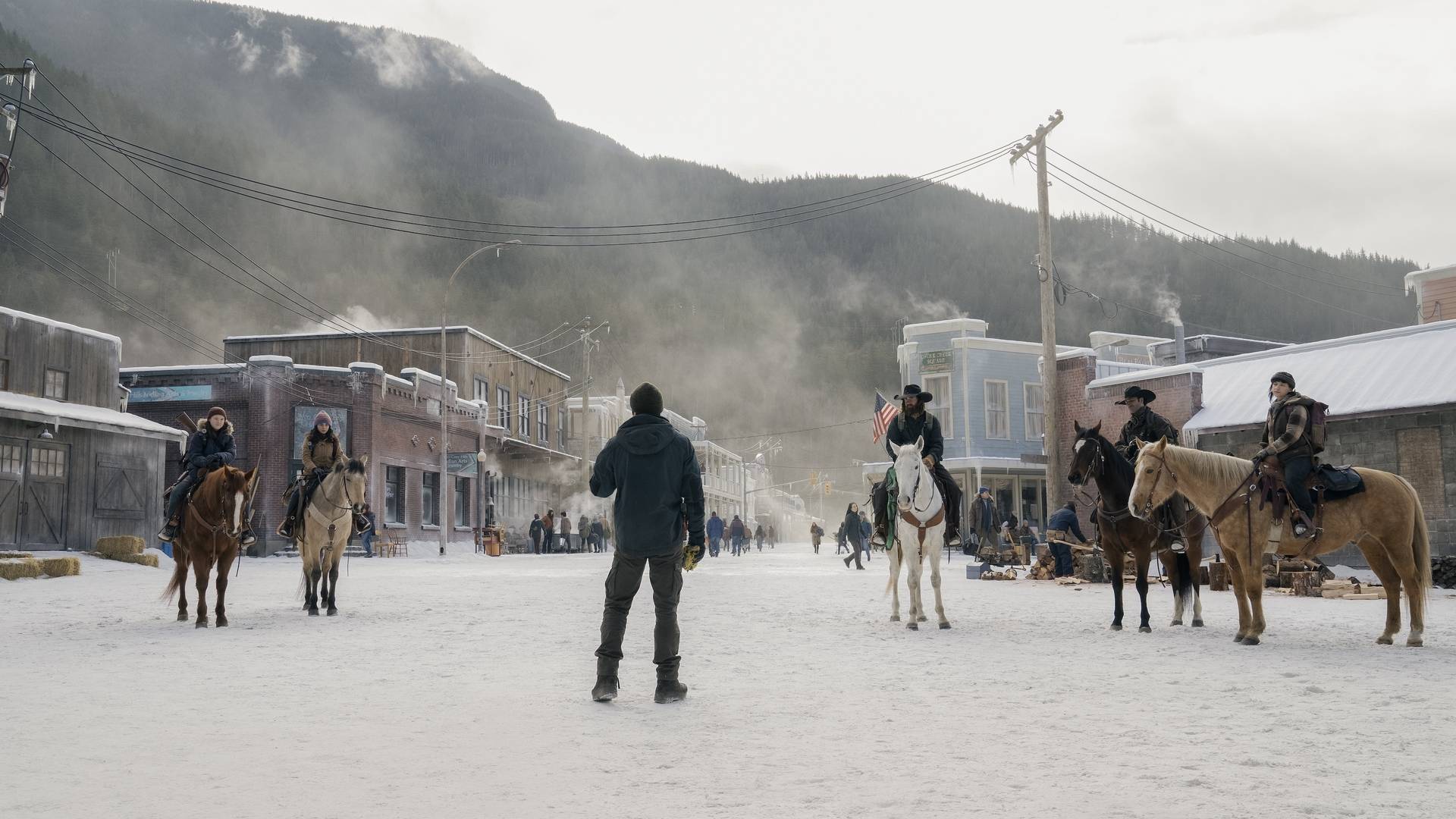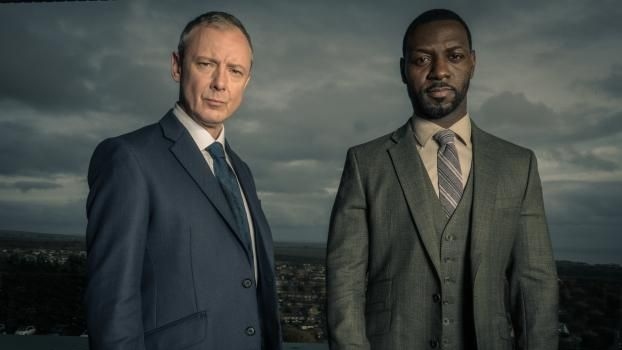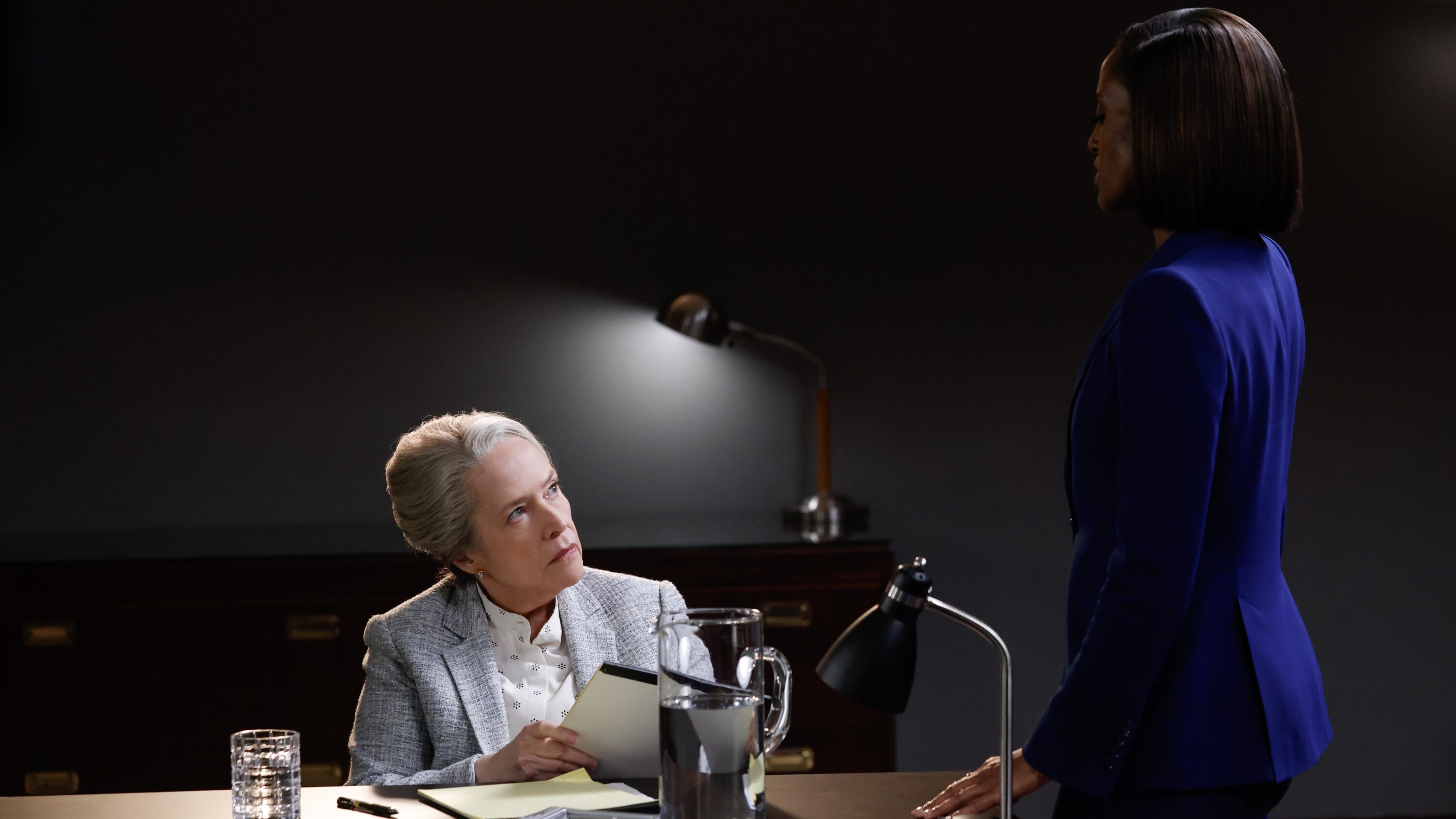How Taylor Sheridan keeps the western alive
Westerns still have a place in modern America. Taylor Sheridan is making sure folks remember that.
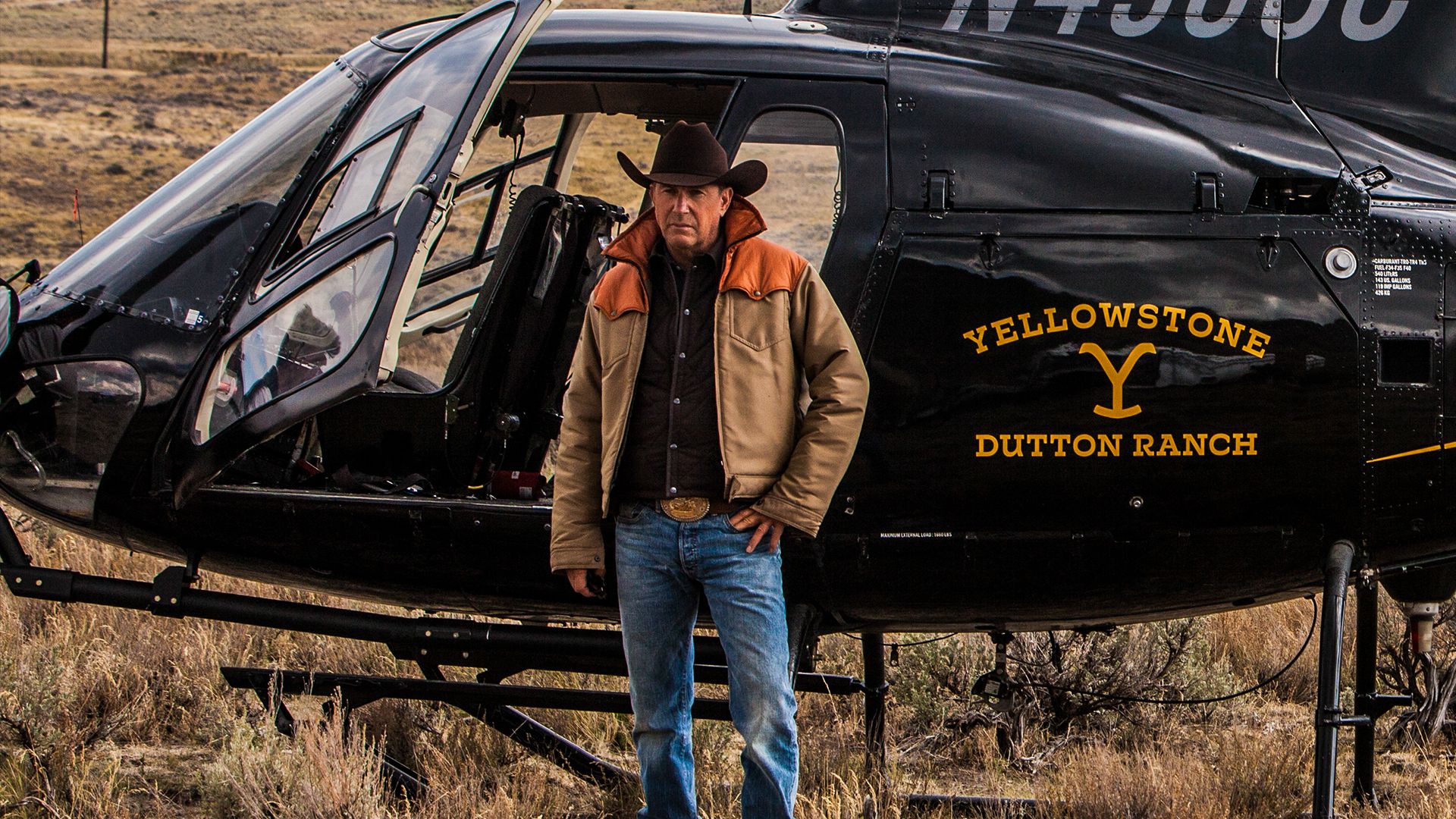
For years, film critics have been declaring the death of the western. The genre — which dates to the earliest days of the film industry — has long operated as the dark shadow of American politics onscreen, but modern science fiction has inspired us to instead look to the skies for our expansionist metaphors. Unless, of course, you’re filmmaker Taylor Sheridan. Those Who Wish Me Dead, Sheridan’s latest effort as both writer and director, continues to keep the genre in cinemas and on TV in the tradition of neo-westerns like Sicario, Wind River, Hell or High Water, and Yellowstone, as well as a more traditional offering like 1883.
The bulk of Sheridan’s work can be viewed as a modern inversion of the frontier myth. The western conceit is a familiar one: brave men bring honor and hard work to the frontier, accumulating fortune through sheer force of will. For decades, this premise – quietly steeped in acts of genocide and imperialism – was nevertheless upheld as proof of the boundless potential of Americans. But in the hands of Sheridan, a native of rural Texas, the blind optimism of traditional westerns is refuted by a modern society prone to violence and exploitation.
If properties like Sicario and Yellowstone are to be believed, what few frontiers remain can be found at the borders of America and other sovereign nations. Mexico and Native American reservations are a common location for Sheridan’s work; the abject poverty of these settings – and the not-so-subtle depiction of American colonialism playing a crucial part in their power dynamic – is one of his clear motivations as a writer. Sicario may pretend to be a film about the dangers of Juárez gang violence, but only an aggressive misreading of the film would suggest that the CIA truly has the nation’s best interests at heart. Modernity has poisoned the well.
This hints at another inversion of the western: the push away from urbanization and towards a more vital link between the local community and characters. In his final scene in Sicario, Benicio del Toro’s character uses this approach to teach FBI agent Kate Macer her place in the world. “You should move to a small town, where the rule of law still exists,” he explains. It’s not a suggestion. “You will not survive here. You are not a wolf, and this is the land of wolves now.” It is no surprise, then, that the white leads of Wind River and Yellowstone seem to have taken a version of this advice and root themselves in the culture of the nearby reservations.
Much has been written of Sheridan’s own experiences on the Pine Ridge reservation and the friendships he made among the community of Northern Arapaho and Eastern Shoshone citizens. But as a white writer, Sheridan does walk a fine line between elevating and exploiting indigenous cultures in his films. Film critic Shea Vassar – herself a citizen of Cherokee Nation – has called Wind River a “well-intentioned gesture,” and in an industry finally trending towards authentic Native American storytelling (Rutherford Falls, Reservation Dogs), the need for a “white guide” to these stories is undoubtedly diminished.
The saving grace here is Sheridan’s tendency to vilify institutions rather than individuals. Corporate greed invades Sheridan’s work as a cancer, and films like Wind River and Hell or High Water point their fingers at the private contractors and predatory lenders who keep a stranglehold on their surrounding communities. These faceless entities – whose boundless appetite can be seen as a twisted fulfillment of the promise of modernity – make for more compelling villains in the 21st Century. They also keep Sheridan as a writer from grappling with representation in ways he is unqualified to handle.
Money is what pushes Wind River’s private security forces into the path of the reservation. Money inspires Kevin Costner’s Yellowstone patriarch to redirect a river rather than let his neighbors profit off the electricity it generates. Money puts two men on the wrong end of the rifle in Hell or High Water. Sheridan may be drawn to a kind of libertarian individualism as a writer, but his perspective is not simply an empty nostalgia for “better days” that often bleeds into the contemporary western. What Sheridan finds so often in his work are systems that no longer work for the masses, and that the local is often left to struggle in the face of this inequity.
Get the What to Watch Newsletter
The latest updates, reviews and unmissable series to watch and more!
And this touches on the final theme of Sheridan’s work: the law of man is only as good as the institutions that enforce it. Is the end of Hell or High Water - where Chris Pine’s character has bent the law to protect his fortune with the blessing of the very bank he stole from – an uplifting ending? Can justice truly be served in Wind River, given the complete apathy of federal law enforcement services? And who “wins” Sicario when the CIA stops caring about a drug trade that ends at its borders? In the eyes of Sheridan, morality is a relative concept, and the most people can do is keep their heads down and hope to stay out of the way.
And even for a film with such middling reviews, there are flashes of this Sheridan in Those Who Wish Me Dead. We catch glimpses of how people navigate liminal spaces between the modern and the natural. We also see institutions that would (literally) rather burn down entire communities than be held accountable. Even in a more commercial project, Sheridan finds reasons to make us care about these western-coded concepts. And perhaps this is his greatest strength as a filmmaker: he reminds us that westerns have always been about more than just cowboys and gunfights. There are plenty of boundaries to explore through film; as long as those exist, the western will always have its place in American cinema.
Matthew Monagle is an Austin-based film and culture critic. His work has appeared in a true hodgepodge of regional and national film publications. He is also the editor and co-founder of Certified Forgotten, an independent horror publication.

